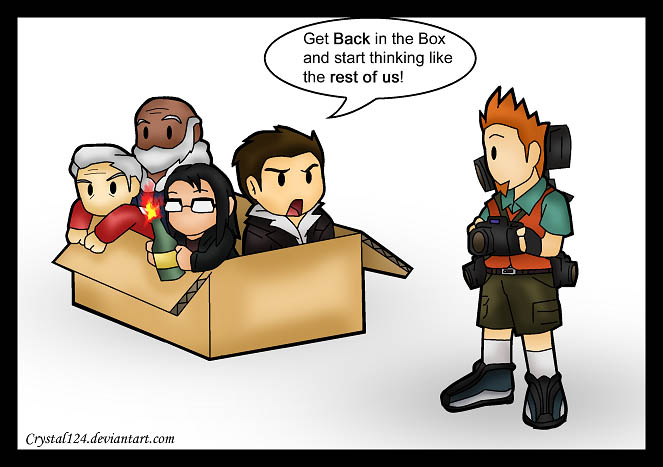Intro to Technology for educators is a class I can never forget! Because of having class once a week, it was a bit challenging for me at times to take in so much information. That was the thing for me, getting so much information in so little time but I tried my best to grasp as much as I could. In EME 2040 class I was able to discover the many different aspects of the teacher's world and how important it is for a teacher to keep themselves open and receptive to the different learning and teaching styles in order to create and maintain an "effective" classroom.
Many people and I would agree that students learn better when they are taught visually and interactively instead of just the regular basic speaking lecture. With images and videos from the computer being projected on a large screen it is more comfortable for students to view together as an audience it also grabs their attention a lot better. With technology integrated lessons we can tell stories, write lesson plans, do researches, share images, communicate, tour the world,share videos, and so much more! If it brings captures the attention of students why not use it?
In class I enjoyed learning about the different tools out there to help a teachers grade such as rubrics. I learned what a rubric was and how to create one by setting it up the way I would a yummy to not so great pizza! I learned the 5 key elements to evaluating a website to determine whether the site is credible or not. Anyone can create a boring lesson but when you start using images from Flickr or videos on Youtube, the possibilities are endless as to how you can improve your lessons using all this great technology. When given the opportunity to work in groups such as for the collaborative lesson plan and instructional wiki project it was exciting to see all the ideas that everyone was coming up with for just one assignment,working with group members all online without speaking to each other was a challenge for me!
I also was taught how to create a Web-Quest and a Pecha Kucha which is and upscale version of PowerPoint using mostly pictures. The project that I loved the most was creating my own teacher web page portfolio. It was cool to see all the work I did for the class and made me realize how much Professor Coleman helped us by providing us with tools, tricks, and ideas to set a firm foundation. By seeing everything all together really showed me the big picture.
Leaving this class I will be able to take many things with me to establish in a classroom of my own. As a teacher I will definitely create teacher websites/blogs that I can update weekly to keep my students and parents engaged. Professor Coleman showed me many websites to get me started such as Blogger, Wix, Weebly and more.
Maloy, R.W.(2011). Teaching with Educational Websites and Other Online Resources. In Transforming
Learning with new Technologies (pp.153-4). Boston, MA: Pearson
"Heart of Teacher." YouTube. YouTube, 23 Aug. 2010. Web. 24 Apr. 2013.







